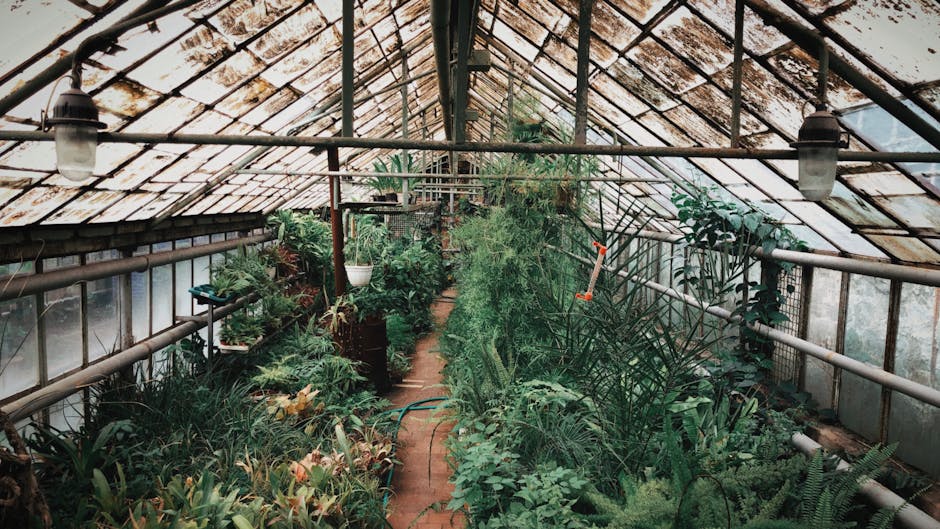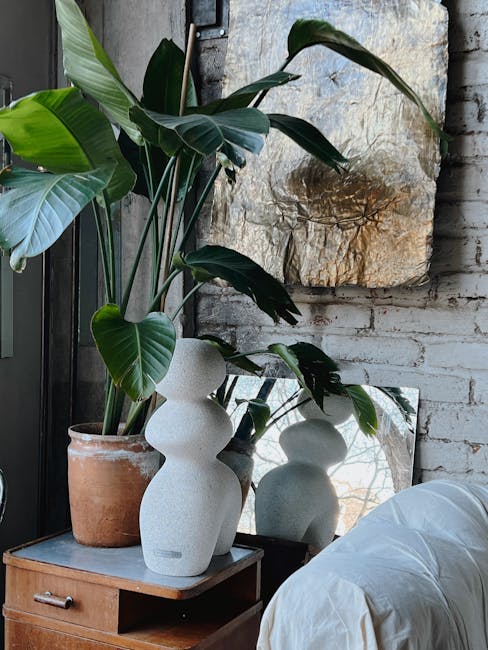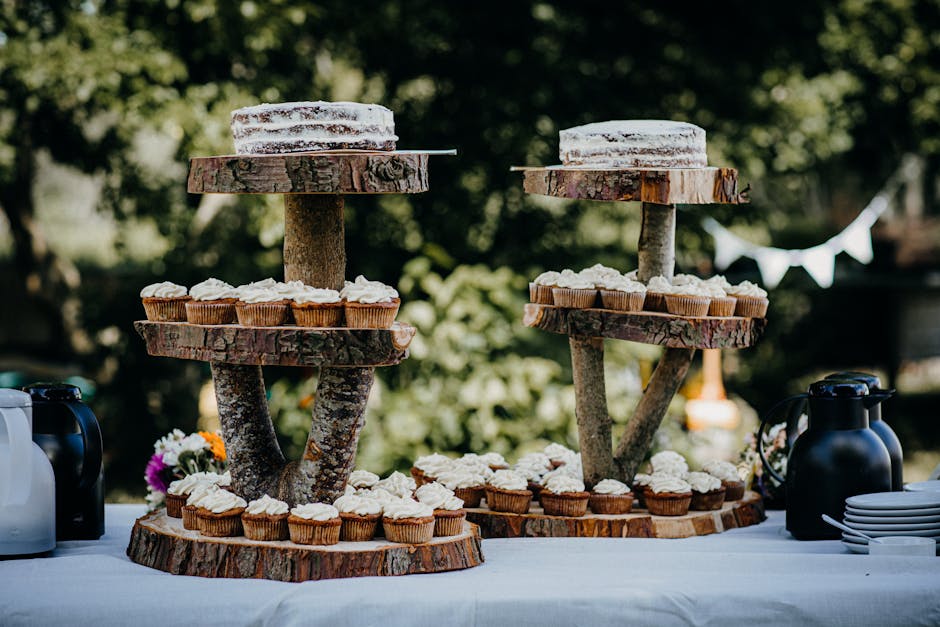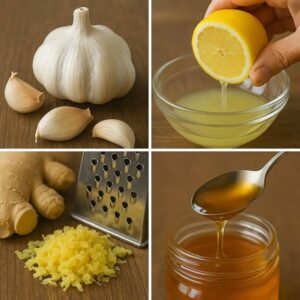Build a Greenhouse with PVC Pipes
Introduction
Dreaming of fresh vegetables year-round? Or perhaps you want to start your seedlings early, giving them a head start on the growing season? Building a greenhouse doesn’t have to break the bank. Constructing one with readily available PVC pipes is a cost-effective and surprisingly simple DIY project. This guide will walk you through the process, offering insights into planning, building, and optimizing your PVC greenhouse for maximum plant growth.
Main Sections
Planning Your PVC Greenhouse
Before you start cutting pipes, careful planning is crucial. Consider these factors:
- Size and Location: How much space do you need? Choose a sunny location with good drainage and minimal shading. The size will depend on your gardening needs and available space.
- Design: Decide on a shape. Common designs include hoop houses, A-frame greenhouses, and even lean-to structures attached to existing buildings. A simple hoop house is often the easiest for beginners.
- Materials: Determine the amount of PVC pipe, fittings, greenhouse plastic, and other materials required based on your design and size. Use a material calculator or consult online resources for estimations.
- Budget: Create a budget to ensure you stay within your financial constraints. PVC greenhouses are typically much cheaper than metal or wooden frame options.
- Permits: Check your local regulations for any required permits for building a greenhouse on your property.
Materials and Tools You’ll Need
Gathering the necessary supplies beforehand will streamline the building process. Here’s a typical list:
- PVC Pipes: Choose the appropriate diameter based on your design’s structural needs. Schedule 40 PVC is recommended for its durability.
- PVC Fittings: Elbows, T-joints, and connectors to join the PVC pipes and create the frame.
- Greenhouse Plastic: A durable, UV-resistant polyethylene film to cover the frame and trap heat. Look for at least 6 mil thickness.
- Wood or Metal Stakes: To anchor the PVC frame to the ground.
- Clamps or Fasteners: To secure the greenhouse plastic to the frame.
- PVC Cement: To permanently join PVC pipes and fittings (optional, for a more robust structure).
- Tools: PVC pipe cutter or saw, measuring tape, drill, screwdriver, hammer, level.
Step-by-Step Construction Guide
- Prepare the Site: Clear the area of any debris and level the ground.
- Mark the Footprint: Use stakes and string to mark the outline of your greenhouse.
- Install Ground Stakes: Drive the stakes into the ground at regular intervals along the perimeter of the footprint.
- Assemble the Frame: Connect the PVC pipes and fittings to create the frame sections according to your chosen design. Secure the frame to the ground stakes. For a hoop house, bend the PVC pipes into arches and connect them to a base frame.
- Secure the Frame: Reinforce the frame with additional support beams as needed.
- Attach the Greenhouse Plastic: Carefully stretch the greenhouse plastic over the frame and secure it with clamps, fasteners, or by burying the edges in the ground. Ensure a tight fit to minimize drafts and heat loss.
- Add Doors and Ventilation: Cut out openings for doors and windows. Create simple doors from PVC and plastic or purchase pre-made greenhouse doors. Install ventilation panels or manually adjustable windows to regulate temperature and humidity.
Optimizing Your PVC Greenhouse
Once built, optimize your greenhouse for optimal plant growth:
- Ventilation: Proper ventilation prevents overheating and reduces the risk of fungal diseases.
- Temperature Control: Monitor temperature regularly and adjust ventilation as needed. Consider using shade cloth during hot summer months.
- Watering System: Implement an efficient watering system, such as drip irrigation, to conserve water and deliver moisture directly to the roots.
- Soil and Nutrients: Use high-quality soil and provide plants with the necessary nutrients. Consider raised beds or container gardening within the greenhouse.
- Pest and Disease Control: Regularly inspect plants for pests and diseases. Use organic pest control methods whenever possible.
Conclusion
Building a greenhouse with PVC pipes is a rewarding DIY project that can extend your growing season and provide a controlled environment for your plants. With careful planning, the right materials, and a little effort, you can create a functional and affordable greenhouse that will bring you fresh produce and beautiful flowers year-round. Happy gardening!














Post Comment